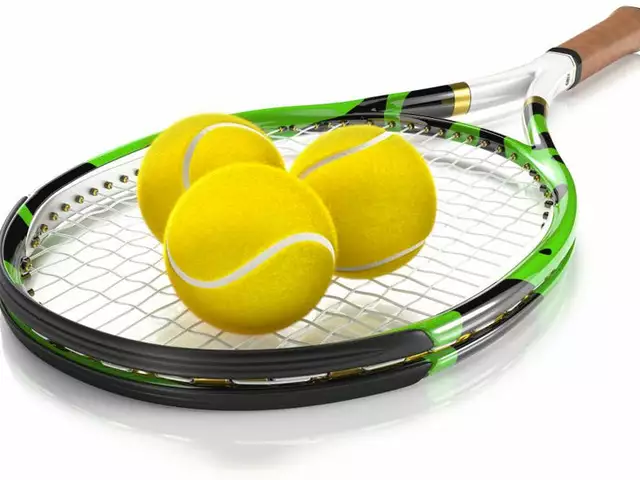Introduction to Fullerenes
Before we delve into why fullerenes are used in tennis rackets, it's essential to understand what fullerenes are. Fullerenes are a type of carbon molecule that has a unique, spherical structure. They're made up of carbon atoms interconnected in a way that forms a hollow sphere, tube, or ellipsoid. Named after Richard Buckminster Fuller, a renowned architect known for his geodesic dome designs, fullerenes resemble these structures in their unique shape.
The Role of Fullerenes in Tennis Rackets
Now that we know what fullerenes are, we can explore their role in tennis rackets. The incorporation of fullerenes in tennis rackets has revolutionized the sport, providing players with enhanced performance capabilities. The use of fullerenes in the manufacturing process of tennis rackets has resulted in equipment that is lighter, stronger, and more durable.
The Science Behind Fullerenes in Tennis Rackets
The science behind the use of fullerenes in tennis rackets lies in the material's unique structure and properties. Fullerenes, with their carbon molecules arranged in a cage-like structure, provide exceptional strength and rigidity. This allows manufacturers to create tennis rackets that are not only strong but also incredibly lightweight. The fullerenes also provide increased energy return upon ball impact, making for more powerful shots.
Benefits of Using Fullerenes in Tennis Rackets
There are several benefits to using fullerenes in tennis rackets, which have made them a popular choice among professional and amateur players alike. The primary benefit is the increased strength and durability of the racket. This means that the racket is less likely to break or deform during play, ensuring a longer lifespan. The lightweight nature of fullerenes also means that the racket is easier to swing, allowing for quicker, more agile movements on the court.
Fullerenes and Vibration Damping
Another significant advantage of using fullerenes in tennis rackets is their excellent vibration damping properties. When a tennis ball hits a racket, it generates vibrations that travel through the racket and into the player's hand. These vibrations can cause discomfort and even lead to injuries over time. Fullerenes, however, absorb these vibrations, providing a smoother, more comfortable playing experience.
Fullerenes and Energy Transfer
One of the lesser-known benefits of fullerenes in tennis rackets is their role in energy transfer. When a player hits a tennis ball with a racket, the energy from the impact is transferred from the racket to the ball. The unique structure of fullerenes allows for a more efficient energy transfer, resulting in more powerful and accurate shots.
Conclusion: Future of Fullerenes in Tennis Rackets
The use of fullerenes in tennis rackets has brought significant advancements in the sport. The unique properties of this material have allowed for the creation of rackets that are stronger, lighter, and more efficient. As technology continues to evolve, it's likely that we'll see even more innovative uses for fullerenes in not only tennis rackets but other sports equipment as well. In conclusion, fullerenes have proven to be a game-changer in the world of tennis, offering numerous benefits to players, and are set to continue shaping the future of the sport.





